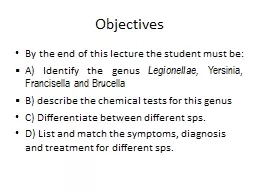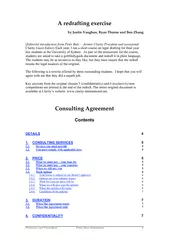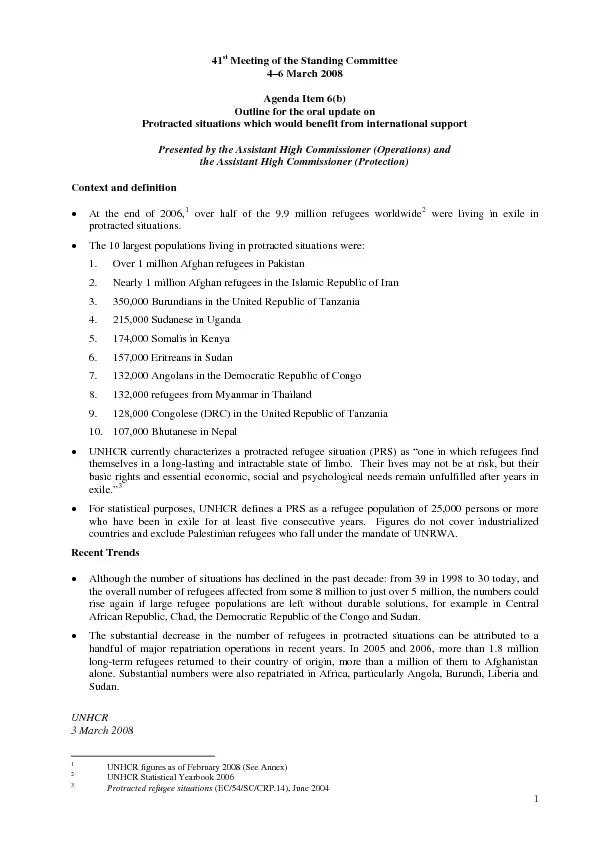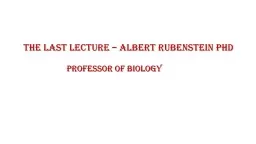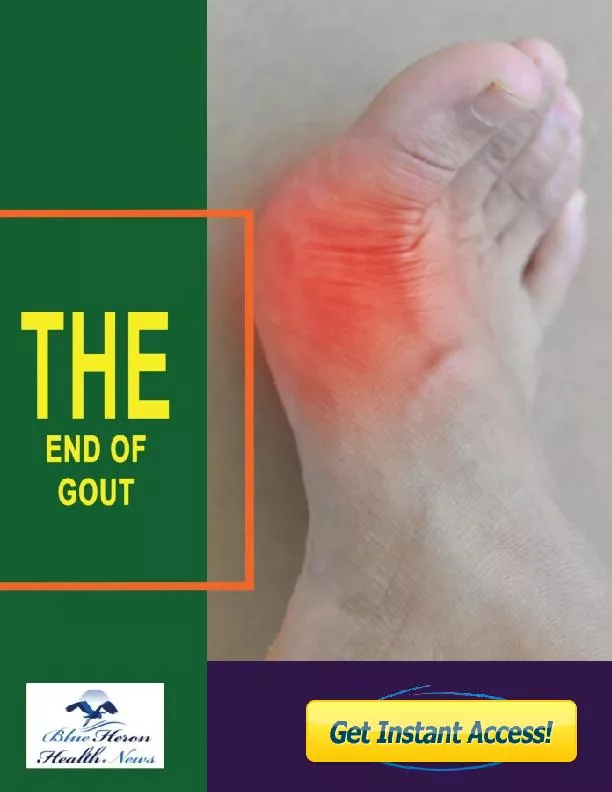PPT-Objectives By the end of this lecture the student must be:
Author : thousandnike | Published Date : 2020-06-15
Identify the Characters of Fungi describe the chemical tests for this genus C Differentiate between different sps D List and match the symptoms diagnosis
Presentation Embed Code
Download Presentation
Download Presentation The PPT/PDF document "Objectives By the end of this lecture th..." is the property of its rightful owner. Permission is granted to download and print the materials on this website for personal, non-commercial use only, and to display it on your personal computer provided you do not modify the materials and that you retain all copyright notices contained in the materials. By downloading content from our website, you accept the terms of this agreement.
Objectives By the end of this lecture the student must be:: Transcript
Download Rules Of Document
"Objectives By the end of this lecture the student must be:"The content belongs to its owner. You may download and print it for personal use, without modification, and keep all copyright notices. By downloading, you agree to these terms.
Related Documents

